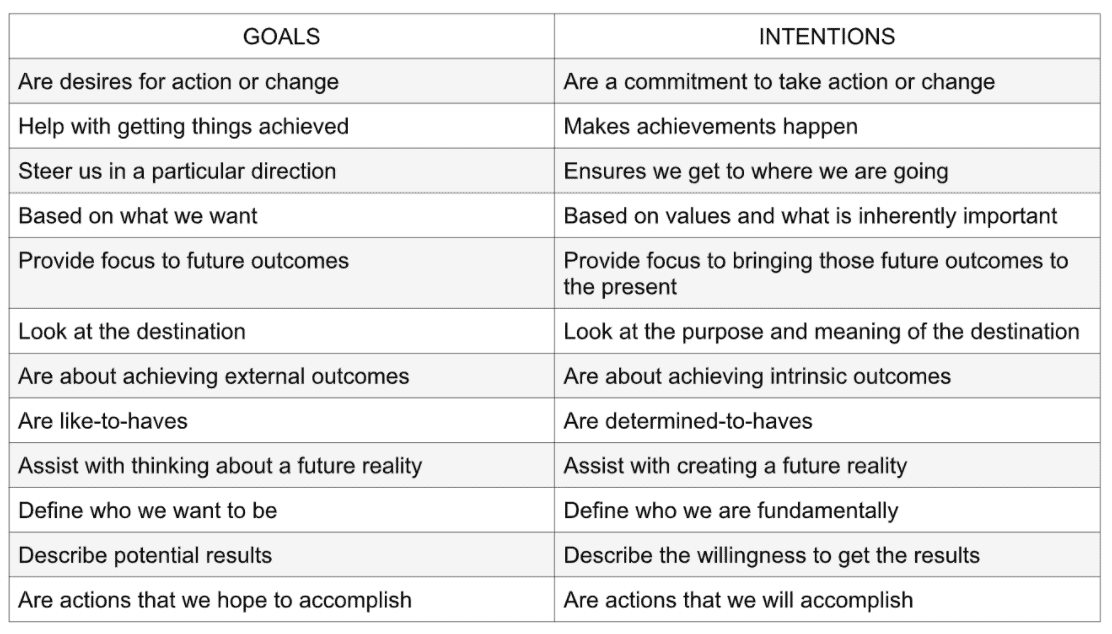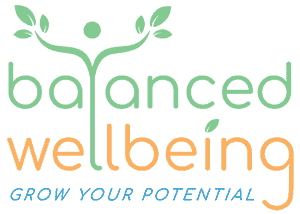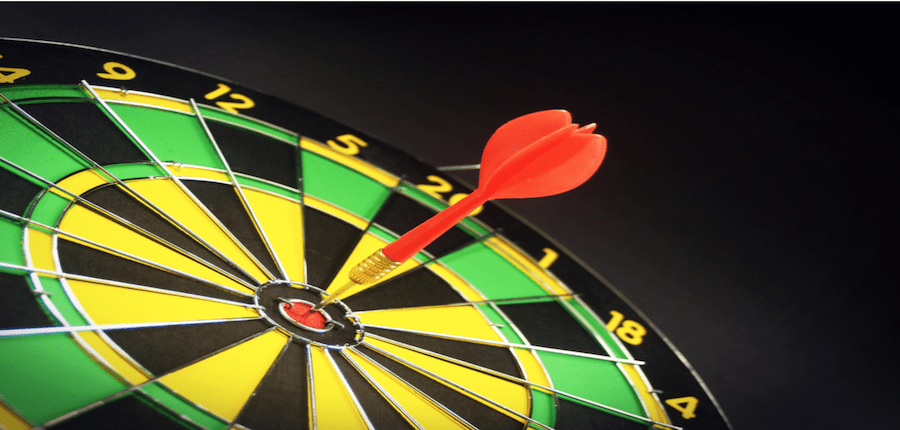How quickly the festivities have come and gone. I hope you have all enjoyed some freedom over the last couple of months. And for those who have children still at home, how nice is it to be able to entertain them at various locations outside the house and not just the park!!
My husband and I got wrapped up in that NSW debacle over the new year. We were enjoying New Year’s Eve at a friend’s house, literally over the border from Yarrawonga, only to hear the announcement that we needed to either get back to Victoria fast or quarantine for 14 days. Well, it was very late in the day when we heard the announcements and, yes you guessed it, there had been champagne and wine already poured, so the best we could do was leave the next morning.
Despite the negative test, my husband and I were faced with – what are we going to do with 14 days where we weren’t allowed to leave the property? Like most of you, we knew what it was like to stay within 5 km of our house, to have virtual social gatherings, to not see our families, to socially distance and wear masks, etc., but, QUARANTINE?!
We decided we needed to make the most of the situation rather than Netflix our way through the fortnight. Well, we did do some of this as well, but in the evenings. We discussed some goals. However, in discussing them, we wanted to really get these goals achieved and I was reminded of some books I have been reading that helped me understand what actually creates goals into
actions – INTENTIONS.
Goals are great and we certainly need to write these down as they do help us reach our objectives. But, writing them down does not make them come alive. To bring goals into existence requires intentions.
Intentions are like goals but more deliberate. Where goals are a desire for change, intentions are a commitment to change. Here are the main differences:

Neither is better or worse than the other; we need both to motivate us into action. However, in my opinion, intentions provide the fuel. Intentions generate the emotion that will get us what is important to us. Dr Joe Dispenza (2014), who has looked at the research in this area, says that a clear intention combined with an elevated emotion will create the change we wish to action. In his book, You Are The Placebo, he discusses the biological changes that take place in our bodies that then drives us towards change.
The discussion about how intentions and emotions change our biology may be a conversation for another newsletter. For now, how about when you are setting your 2021 resolutions, you set them as intentions by using the formula below. The formula steps seem comprehensive, yes. But, I am often asked “How do I actually achieve my goal and make it happen?”
I am very passionate about breaking things down into parts to understand how the mind, the brain, and behaviours work. I’m also determined to share what I learn to support people to grow their potential. Despite there is no simple solution to change, creating outcomes by setting intentions brings us closer to achieving our goals.
For those who like simplicity, I have created a summary table for you to print.
If you keep getting stuck, need strategies to defeat sabotage, or need support with realising your goals, contact me (Dr Marie Anderson) on 0411 319 990. The other team members might be helpful too.
Intention Formula
Intention = Determination goal + clarity statement + upbeat emotion + wilful steps
Inside of the formula we want to consider the WHAT, the WHY, the WHEN, the WHERE, the HOW, and the WHO.
1. Determination goal
Answer the WHAT question: What am I determined to achieve this year?
Identify goals under these Growth Categories:
- Health and wellbeing
- Love and relationships
- Self-esteem and confidence
- Career, work, and learning
- Contribution and community
- Vital needs and wants
- Spiritual, purpose, fulfilment, and meaning
- Creativity and imagination
- Family and friends
- Fun, leisure, and laughter
- Finances and resources
List everything and anything even if the goals seem unachievable or inconceivable.I am determined to do/ carry out/ undertake/ implement/ complete/ perform ….
- I am determined to have/ own/ maintain/ use/ keep/ ….
- I am determined to be/ live/ ensure/ remain/ linger/ continue/ attend ….
- I am determined to know/ realise/ understand/ appreciate/ learn/ distinguish/ identify ….
- I am determined to see/ notice/ catch/ inspect/ understand/ discover/ consider ….
- I am determined to create/ produce/ design/ build/ invent/ initiate/ develop …
Choose goals that you are determined to resolve, get on top of, work on, improve, or at least feel adamant about having a good go at.
This is not about whether you succeed or fail. It’s about engaging with such intention that the outcome becomes realer than ever before. Also, the steps put in place now are a stepping stone to tweak and adjust in the proceeding months and years. Goals are not static; they are fluid and flexible.
Example determination goal: I am determined to be healthy.
If it becomes difficult to feel determined about a goal you really want to achieve, then it’s possible there are some limiting beliefs that need deactivating. In the meantime, choose something related to the same goal or change the words.
Example, I am determined to discover why I have difficulty sticking to being healthy. Or I am determined to learn what health means.
2. Clarity statements
Then brainstorm the WHY, the WHEN, and the WHERE to create clarity and specificity around the determination goals. Write as many statements that seem relevant. Example:
WHY: State the reasons for the goal in positive, constructive language wherever possible because it’s health and growth promoting. Then state a meaningful purpose as it will add fuel to the upbeat emotions and generate greater motivation to achieve the goal. The meaningful purpose needs to be important to you, have significant value, and be inspiring:
- E.g., The reason I am determined to be healthy is because
- I want functional blood pressure and cholesterolI want to be fighting fit
- I want to be vibrant and energeticI want a health-giving weightI want a clear mind
- I want to extinguish my burnt out
- I want to be pain free
- I want to be cheerful and calm, etc.
- My meaningful purpose to achieving the goal is so I can live longer
- run a marathon
- fit into a special outfit
- walk and climb steps without puffing
- keep up with the grandkids
- feel limber in my body
- enjoy life, etc.
WHEN: State a date or timeframe. It’s helpful to be as specific as possible – I am determined to
be healthy by the 31st December 2021.
WHERE: If this applies, it is about location. Again, be as specific as possible – To exercise I will use my local gym or local park. I will buy nutritious foods at the local supermarket and at the free range butcher in the next suburb.
3. Upbeat Emotions
Once the clarity statements are written, the next thing is to integrate upbeat emotions (examples below) with the statements.
The reason for this is that there is oodles of research showing i) the health benefits of positive emotions of course and, most importantly when it comes to creating change, ii) that repeatedly activating positive emotions with intensity generates physical changes to our biology.
In doing so, the brain embraces this growth promoting visual as real, thereby rewiring the brain, bringing the experience to life physically, and overriding the limiting behaviours. In effect, do the following:
- Visualise the outcome of the clarity statement, e.g., see yourself fighting fit whilst running the marathon or walking without puffing. Therefore, you visualise looking and being what you said because this is the outcome you want.
- Ask yourself this question: How do I feel when I visualise the outcome of my intention? That is: How do I feel when I see myself fighting fit whilst running the marathon or walking without puffing? I feel … example, optimistic or carefree or excited.
- Now take that visual and integrate the emotion, e.g. carefree, with such intensity that you feel inspired in your body. The intension for action is in feeling inspired by the integrated outcome. That is, deeply feel carefree whilst you are visualising fighting fit whilst running or walking. Some people have difficulty experiencing the intensity because they don’t believe the visual. Don’t think about whether you believe it or not or whether it’s possible or not. Simply focus on how it feels if the visual were true.
- Keep focusing on the truth of the visual not on the limiting dialogue that comes up in the background. Every time we listen to the limiting dialogue we are operating from our limiting self. When we create intentions, we are growing our potential by telling our brain that the visual from the future is also real and we want to bring it into the present. The unconscious mind literally does not know what is real or not. It simply reacts to stimuli including our thoughts. So why not give it growth promoting thoughts to respond and react to.
A good example of this intensity is how we feel when we visualise being on holidays after booking a trip. Every time we visualise the outcome of the holiday, we feel warmth, excitement, anticipation. These emotions so inspire us that we feel them with great intensity in our bodies; the holiday starts to feel real. As a result, we start talking about it to people and we start planning it.
Other examples include when we are planning a party, a catch up with a long lost friend, to buy a house or car, etc. The emotions we feel are so upbeat we can barely contain ourselves. Hence, integrating the visualised outcome of the clarity statement with an intense upbeat emotion inspires ACTION.
Examples of upbeat emotions:
- Acceptance
- Amused
- Anticipation
- Awe
- Blissful
- Carefree
- Cheerful
- Confident
- Connected
- Courageous
- Eagerness
- Energised
- Enjoyment
- Enthusiasm
- Excitement
- Exhilaration
- Ecstatic
- Fascination
- Gratitude
- Happiness
- Inspired
- Joy
- Laughter
- Love
- Optimism
- Pleasure
- Surprise
- Thankful
- Vibrant
- Warm
4. Wilful Steps
Lastly, it’s about taking action and tracking your progress. That is, implementing the HOW and the WHO.
It’s one thing to get clear, visualise, and feel the intensity of the outcome but another to bring the goal to life. This part is possibly the most challenging for people because it requires will power; hence why I call them Wilful Steps. However, if we feel the strength of the integrated upbeat emotion with great intensity, then the emotion is what fuels the will power. Emotions are the red bull in jagerbombs!!
Example:
HOW and WHO: If you are really serious about fulfilling the intention, the plan needs to consider all the relevant elements. This includes check points to evaluate your progress, confidence boosting encouragement, strategies to defeat sabotage, and who can support you through the process.
- The HOW provides the course of action, that is, the method by which the goal will be achieved.
- The WHO provides the specific people who will support you through the process.
- E.g. To achieve being healthy I will implement a health plan that includes exercise, eating nutritious foods, and working with a friend/ a coach/ a personal trainer/ a psychologist/ a nutritionist/ etc., to help me devise the plan, evaluate my progress, keep me accountable, defeat sabotage, and encourage me along the way.
- If you can’t or don’t need to work with someone to drive you forward, incorporate those elements in ways that ensures you can tick those yourself.
- After creating the Wilful Steps for the broad goal, you can then create the specific steps by using this intention formula all over again.
Example of a specific step related to the broad goal I’m determined to be healthy. Remember, to be inspired, you need to add your own words and reasons:
- Determination goal – The WHAT – I am determined to exercise.
- Clarity statement –
- The WHY – I am determined to exercise because I want to have more stamina. My meaningful purpose is so I can get more activities done in a day.
- The WHEN & WHERE – I will do pilates on Mondays at the local health centre, attend the local gym on Wednesdays, and go for a walk at the local park on Fridays.
- Upbeat emotion – Visualising having more stamina after exercising leaves me feeling energised. Feeling energised fuels and inspires me into action to achieve the goal.
- Wilful steps – The HOW & WHO – To achieve my exercise goal I will do pilates with my physiotherapist, discuss a workout with the personal trainer at the gym, and ask my friend to join me for the walk. These individuals will help me devise the exercise plan, evaluate my progress, give me encouragement, help me defeat sabotage, and support me through the process.


